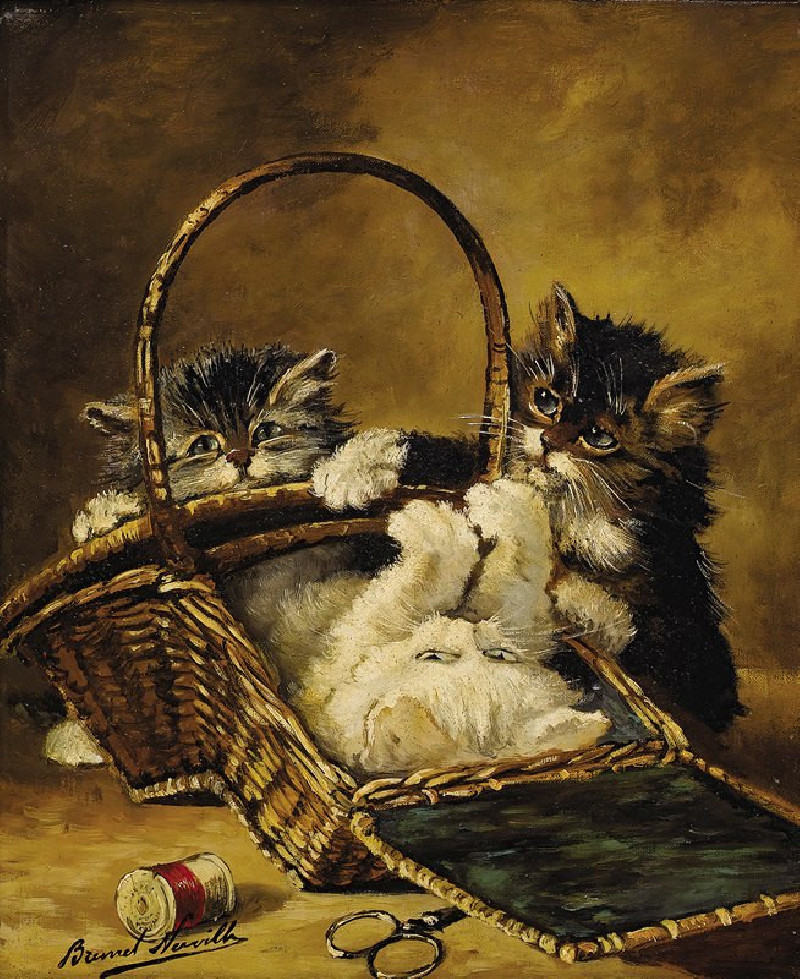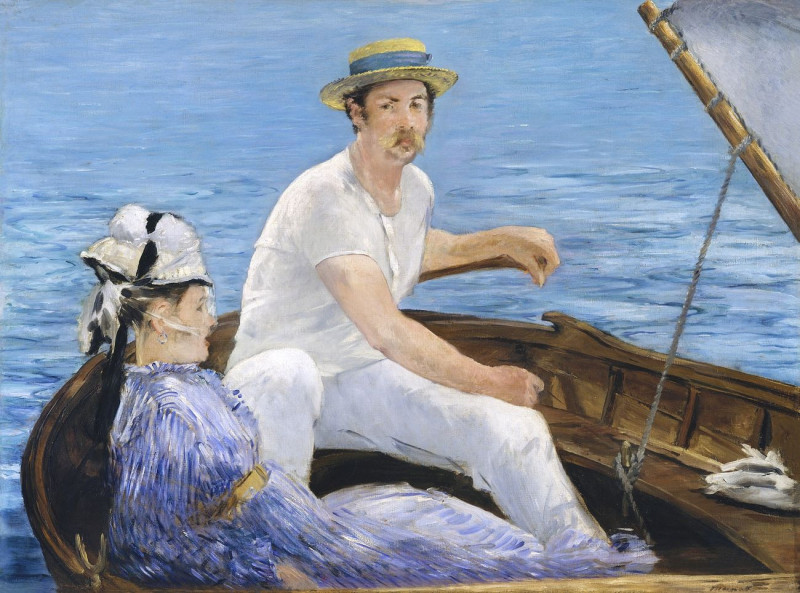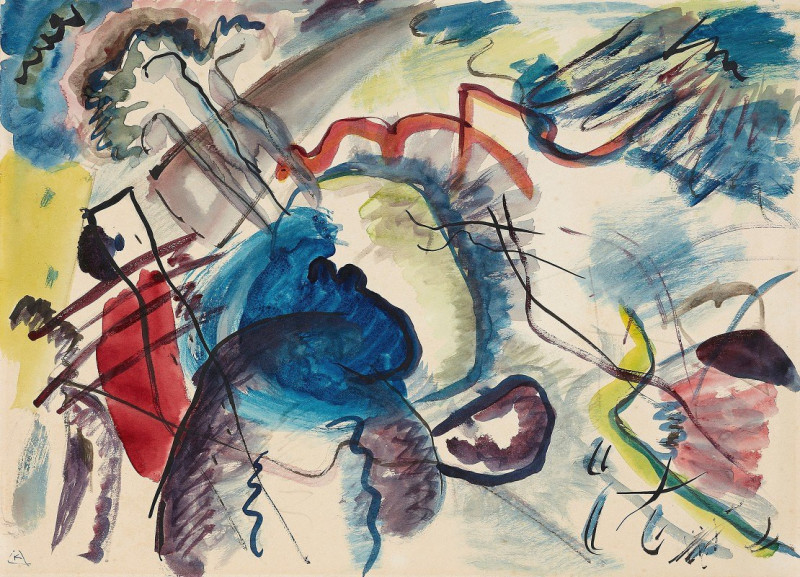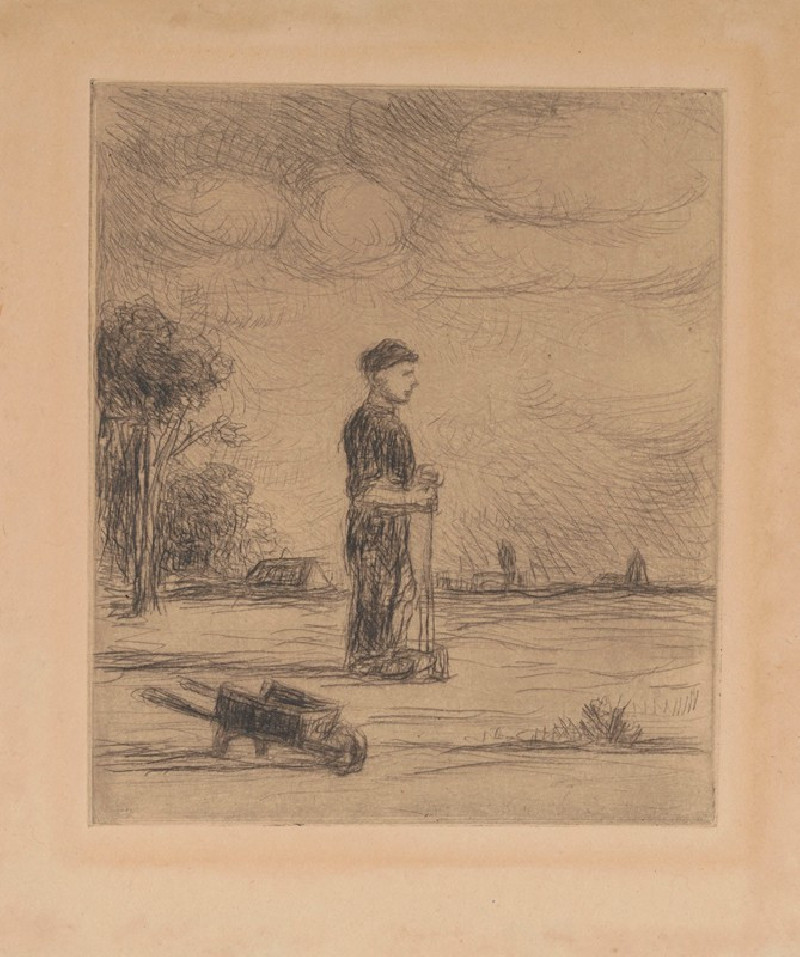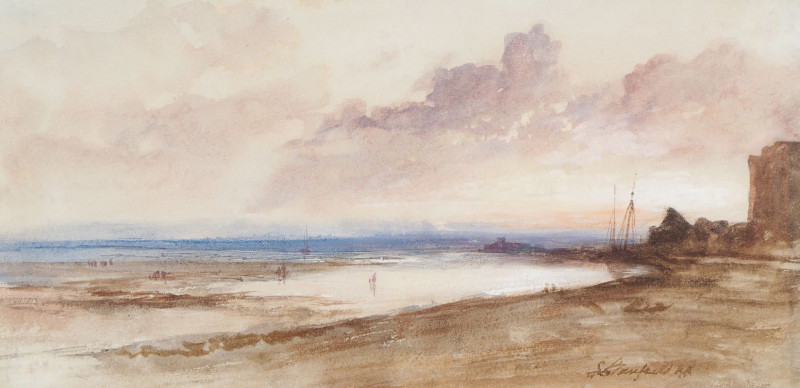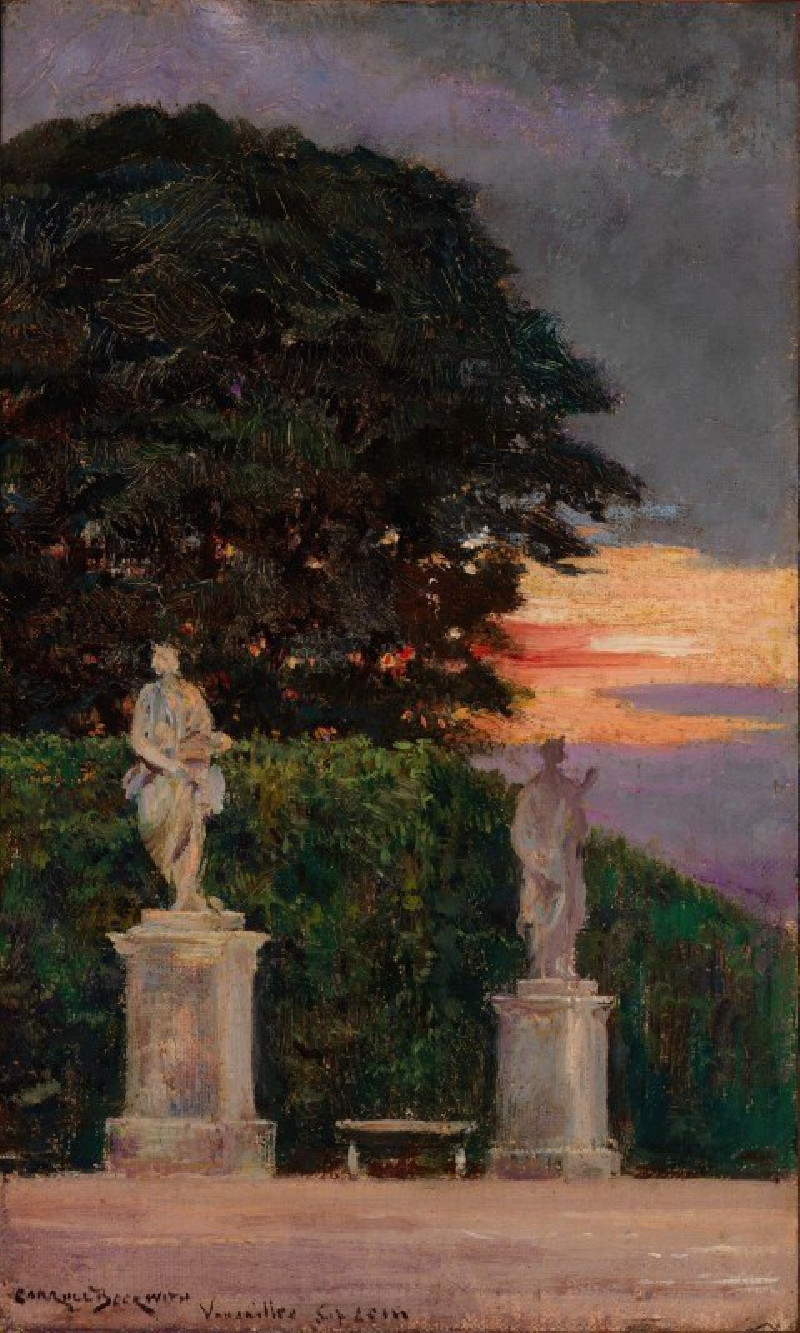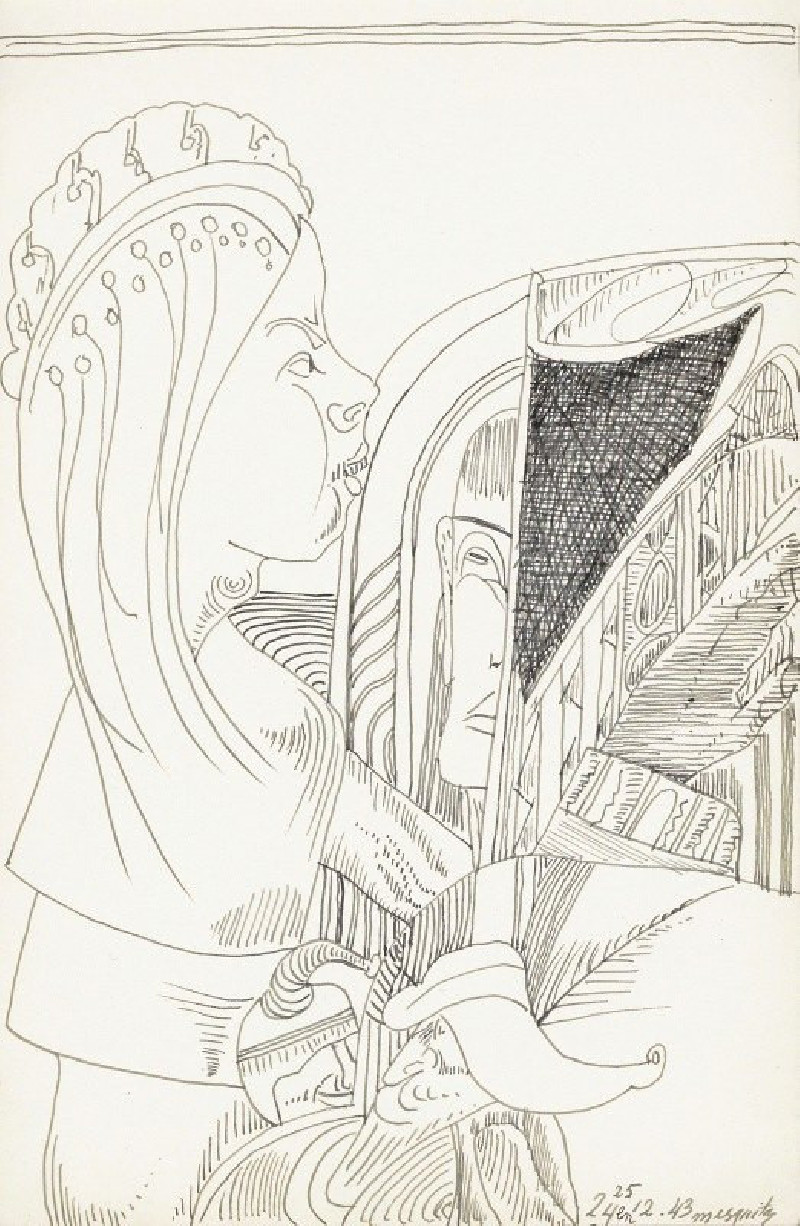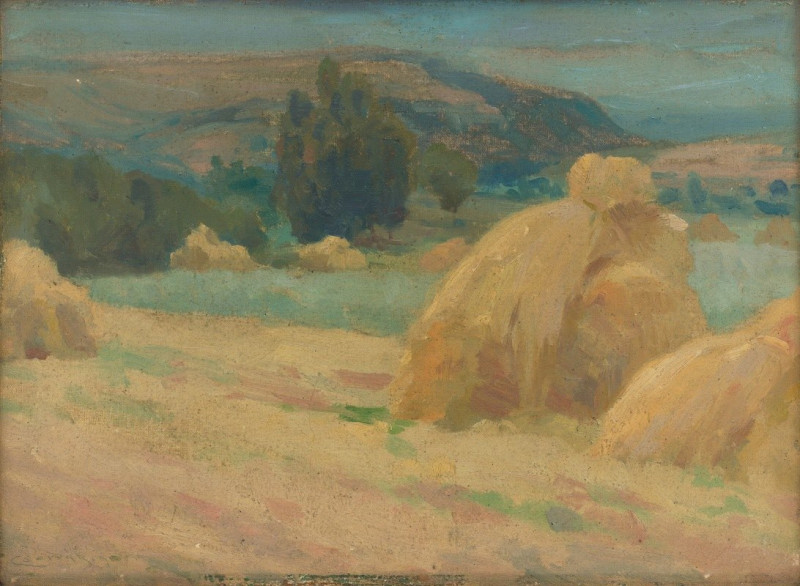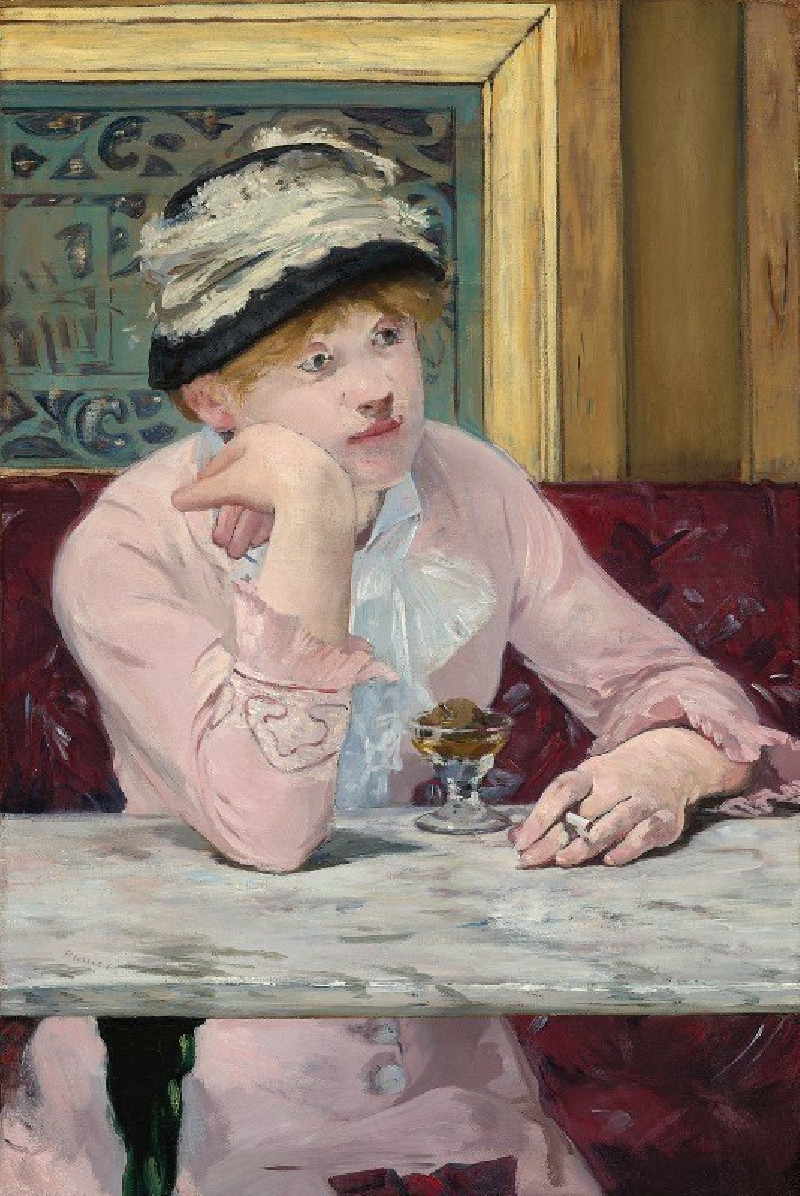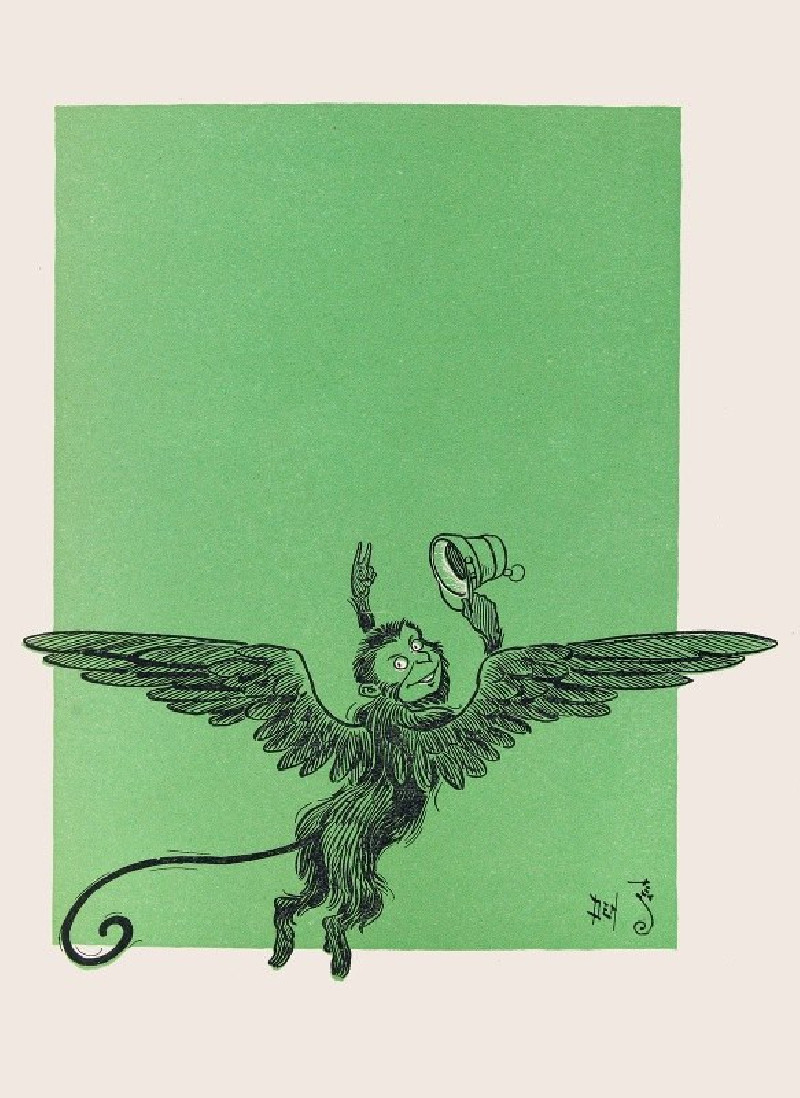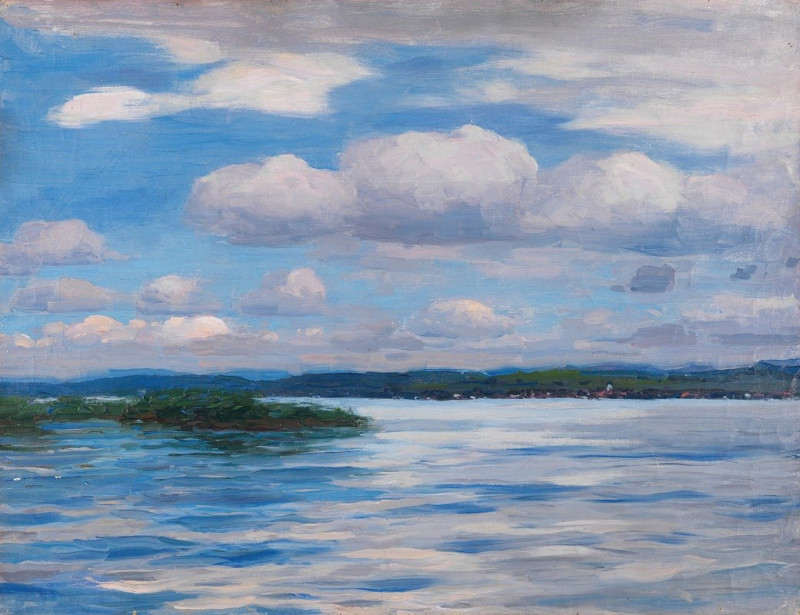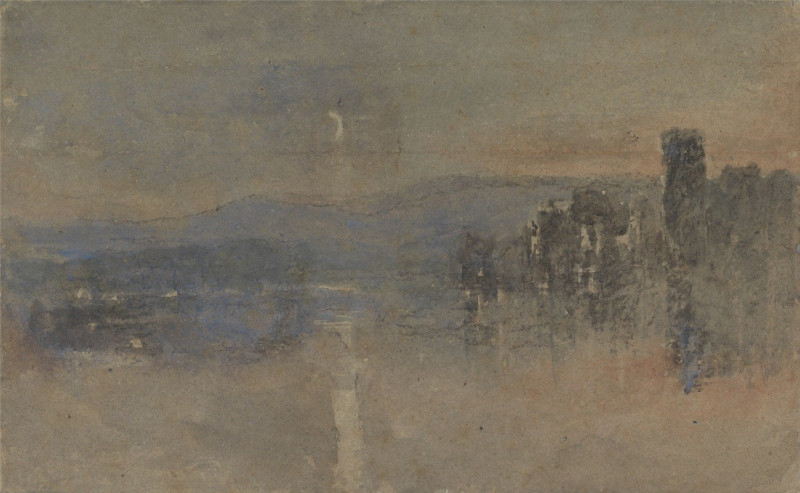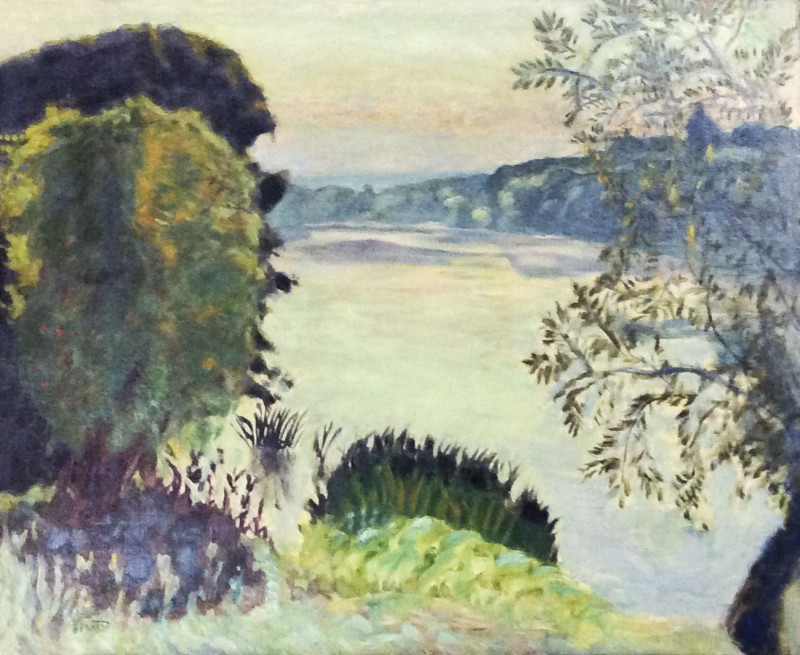Bon Bock Cafe
Technique: Giclée quality print
Recommended by our customers
More about this artwork
This painting by Edouard Manet, titled "Bon Bock Cafe," beautifully captures the ambiance of a late 19th-century Parisian café. At the forefront, a woman sits profiled, her attention focused on a cluttered table filled with an assortment of objects that suggest a lively social scene. The table showcases beer glasses, glowing in the diffuse, soft light that filters into the space, along with what appears to be remnants of food and perhaps personal items, hinting at the regular patronage and social interaction characteristic of café culture of that era.The setting is painted with a loose, impressionist style, employing rapid, visible strokes that convey movement and a casual, ephemeral moment. Manet’s use of light and shadow enhances the depth of the room and creates a lively interaction of surfaces and textures, from the reflective table top to the soft, murky background.On the right side, there is another table, which is mostly empty except for a small glass. This element further emphasizes the casual, everyday use of the space, suggesting perhaps someone has just left or is about to arrive. Hanging coats and a hat suggest the personal presence of the patrons, adding a layer of narrative and personal history to the scene.Such depictions are typical of Manet, who often explored modern life and social dynamics in his work, providing a window into the Parisian society of his time.
Delivery
Returns
Édouard Manet (1832–1883) was a French modernist painter and one of the first 19th century artists to paint modern life. His impressionist style is characterized by relatively small and thin brushstrokes that create emphasis on light depiction. Manet was one of the key artists in the transition from realism to impressionism, along with Claude Monet, Edgar Degas, and Pierre-Auguste Renoir. However, he resisted involvement in any one specific style of painting, and only presented his work to the Salon of Paris instead of impressionist exhibitions. His early masterworks, The Luncheon on the Grass and Olympia, created great controversy and served as a rallying point for other young painters.
































